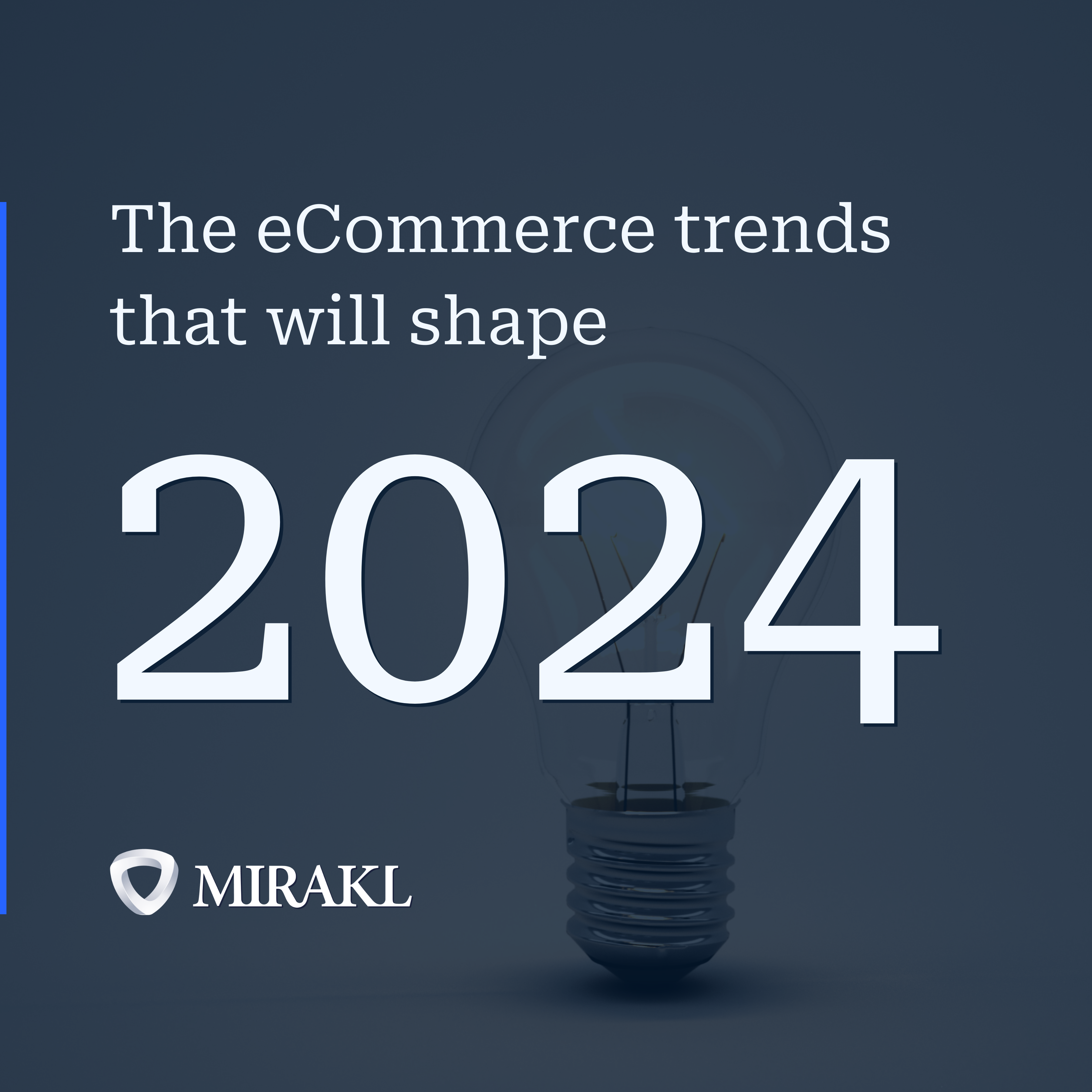The eCommerce sector is a dynamic and ever-evolving industry, driven by market changes, consumer demand, and technological advancements. As we look ahead to 2024, it’s clear that online platforms will continue to grow and adapt to meet the evolving needs of buyers. To gain insights into the upcoming trends that will shape the eCommerce landscape in the coming year, we spoke with leading experts in eCommerce technology.
-
Retail Media Revolution: Retail media is set to become a significant player in the advertising space, projected to reach $176 billion by 2028. This innovative approach allows retailers to monetize their site traffic through sponsored ads, unlocking new revenue streams with impressive margins. In 2024, retail media will offer brands and marketplace sellers unparalleled access to targeted audiences, driving visibility and sales. Marketplaces, in particular, will leverage retail media to enhance product discoverability and reach new customers, driving measurable results.
-
AI-First Marketplaces: The era of AI-first marketplaces is on the horizon in 2024. AI technologies will revolutionize the eCommerce landscape, enhancing operational efficiency and delivering personalized shopping experiences. From unlocking a vast supply of products to generating demand and monetization opportunities, AI-driven innovations will reshape the way consumers interact with online platforms. Conversational commerce, powered by AI chatbots, will offer tailored recommendations and streamline the shopping experience like never before.
-
Secure Transactions and Contactless Payments: With data breaches on the rise, payments security will be a top priority in 2024. Fraud prevention and credit scoring will leverage generative AI and machine learning to enhance security measures. Contactless payments will become more prevalent, offering a secure transaction option that minimizes the risk of data breaches. By adopting advanced payment technologies, merchants can safeguard sensitive payment data and protect both consumers and businesses.
-
Buy Now Pay Later: As economic uncertainties persist, Buy Now Pay Later options will play a crucial role in supporting consumers facing financial constraints. The popularity of these payment structures is on the rise, providing shoppers with flexible financing solutions. In 2024, Buy Now Pay Later services will continue to gain traction, offering consumers secure and convenient payment options in a challenging economic climate.
-
Agile Retail Strategies: In a volatile global economy, retailers must embrace disruptive technologies to thrive in 2024. Online marketplaces and dropship models offer retailers the agility to adapt to changing market conditions without the risk of excess inventory. By leveraging marketplace platforms, retailers can expand into new business areas, test new products, and drive profitability in a challenging economic landscape.
-
B2B Marketplaces Transformation: The rise of one-stop B2B marketplaces is transforming entire value chains across diverse industries. In 2024, we can expect to see increased digitization and convergence between traditional eCommerce platforms and third-party marketplaces. Procurement organizations beyond wholesalers and manufacturers will adopt the platform model, driving efficiency and streamlining the purchasing process for buyers across various sectors.
- Circular Economy Sustainability: The shift towards sustainable practices and the circular economy will continue to gain momentum in 2024. Consumer demand for sustainable products, combined with ESG commitments and regulatory requirements, will drive the popularity of refurbished and recycled goods. Dropship and marketplace platforms will play a crucial role in supporting companies committed to sustainability, providing a platform for refurbished products and efficient supply chain strategies.
In conclusion, mastering these trends will be essential for businesses looking to succeed in the rapidly evolving eCommerce landscape of 2024. By staying ahead of the curve and embracing innovative technologies, retailers can drive growth, enhance customer experiences, and navigate the challenges of a dynamic market environment.


















